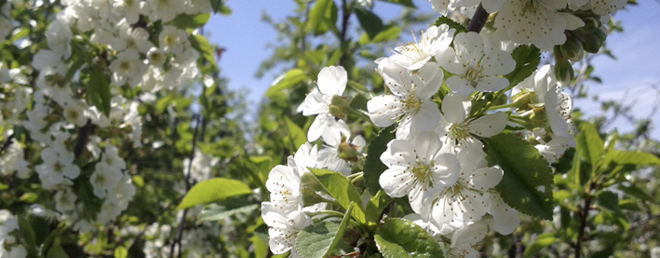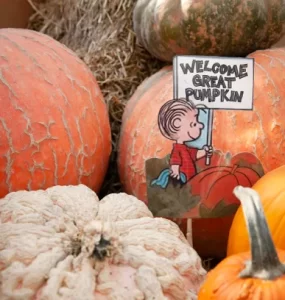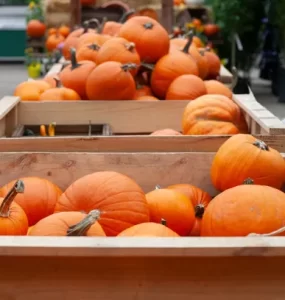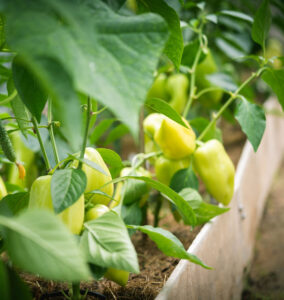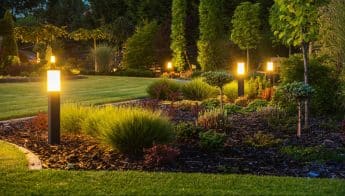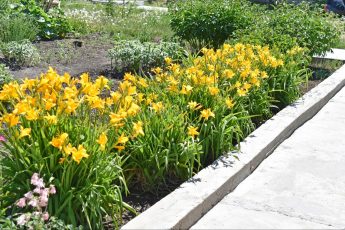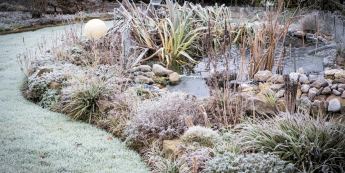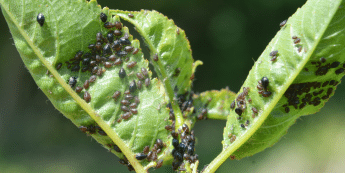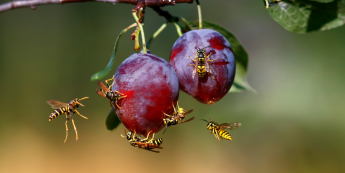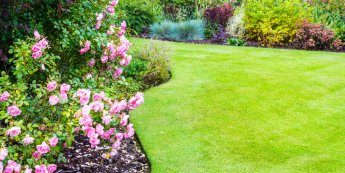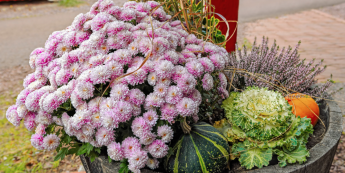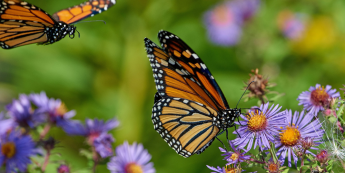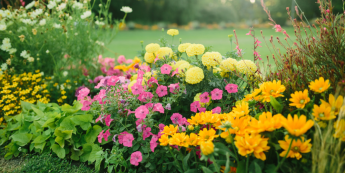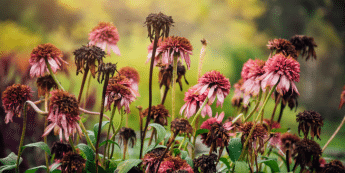The Prairie Orchard
by Rob Sproule
I remember our family trips to Kelowna when I was a boy. To my young Albertan ears, “Okanagan” was a synonym for “delicious fruit that I can’t get at home.” We always drove home with a trunk full of peaches, cherries, or whatever was in season.
A backyard fruit orchard has long been the impossible dream of gardeners across Alberta. For years, we’ve nibbled on our saskatoons and canning apples with just a little jealousy for our B.C. neighbours. Now it’s our turn.
While we’ve been staring jealously over the Rockies, to the East a group of passionate plant breeders have been busy developing hardy varieties of fruit that we thought we’d never be able to grow. The Fruit Program at the University of Saskatchewan, under the dedicated supervision of Bob Bors, has quietly released fruits that make a backyard Alberta orchard tantalizingly possible.
The Fruit Laboratory
I met Bob Bors at the Calgary Garden Show earlier in the spring and was immediately struck by his passion and raw enthusiasm. Since 1999, he’s headed the world’s northernmost fruit breeding program, a designation that presents immense challenges.
The Fruit Program is over 90 years old and its primary mission task is to develop fruit varieties that prairie farmers can use to diversify their crops. Thanks to agriculture’s high standards, the resulting cultivars are being eagerly snapped up by Garden Centers and gardeners across the region.
Bob, alongside technicians Rick Sawatzky, Peter Reimer, Ellen Sawchuk, and Tyler Kaban, select and breed species from as far away as Mongolia in their search for the perfect storm that has to come together in order to create a new cultivar. They’re looking for fruits that aren’t just hardy, but delicious, reliable, high yielding, and don’t require heavy pesticide use.
A large portion of the Fruit Program’s funding comes from the royalties it brings in through retail sales of its varieties. They use the money to fund research into new cultivars so that our little Prairie’s orchards can grow ever larger. You can learn more about the program at www.fruit.usask.ca.
Haskap Berries
Haskaps, also called Honeyberries or Blue Honeysuckle, are one of the program’s marquis triumphs. Bob describes finding the Haskap as “winning the lottery” in that the very best of two species carried over into the next generation.
The plump, juicy berries taste like raspberries cut with a stiff twist of raspberry. The 4-5′ bushes start yielding at the end of June and will have you grazing in the yard through July.
With lineage plants from Northern Canada, Russia, and Japan, the new Haskaps are hardy through the most brutal Alberta winter. They bloom early enough to ripen alongside the first strawberries and their flowers can withstand our occasional end May freak frost.
Of the 5 Haskap varieties, 2 are becoming commonly available in large Garden Centers across Alberta. “Tundra” has berries that are firm enough for commercial fruit farmers, while “Borealis” has large, delicate berries that the Fruit Program describes as the best tasting.
Dwarf Sour Cherries
When Alberta gardeners want sour cherries, we turn to the Evans Cherry. This tree, discovered on farm near Edmonton, has offered the sweetest cherries available for our zone.
While we’ll probably never be able to grow cherries that are Okanagan sweet, the Fruit Program has given us our sweetest cherries yet with the “Romance” series. With considerably higher sugar content than the Evans, these new introductions are finally sweet enough to eat right off the branch.
Bob shared the colourful history of the “Romance” cherries with me. In the 1940’s. Dr. Les Kerr was working for the Federal Government to develop shelter-belt trees. On the side, and without his superiors knowing, he spent 40 years secretly breeding cherries into ever more sweeter and hardier varieties.
There are no records of Dr. Kerr’s dedicated work, but just before he died he told the U of S where to find the trees he’d developed. Thanks to his pioneering efforts, the first “Romance” cherry was one generation of breeding away!
There are several varieties in the “Romance” series. Of them, Bob describes “Valentine” as having the highest yield and says that “Carmine Jewel” has the prettiest flowers and, although not quite as sweet as the others, unique black cherries.
He cites “Juliet” as having the best flavour overall and “Romeo” as having very high yields that are early but inconsistent year after year. For those who want the largest cherries of the bunch, “Cupid” is the best variety for you.
Stay Tuned”¦
When it comes to the Fruit Program, there is always a new variety just around the corner. Bob tells me to keep my eye open for hardy Hazelnut trees, which were of Dr. Kerr’s passions, as the U of S is having some success breeding European and North America varieties.
Prairie gardeners have only had access to a couple hardy varieties of grapes but relief might be coming. Bob tells me the program is working on eating grapes with the ultimate goal of grapes that we could use to make juice or even wine.

